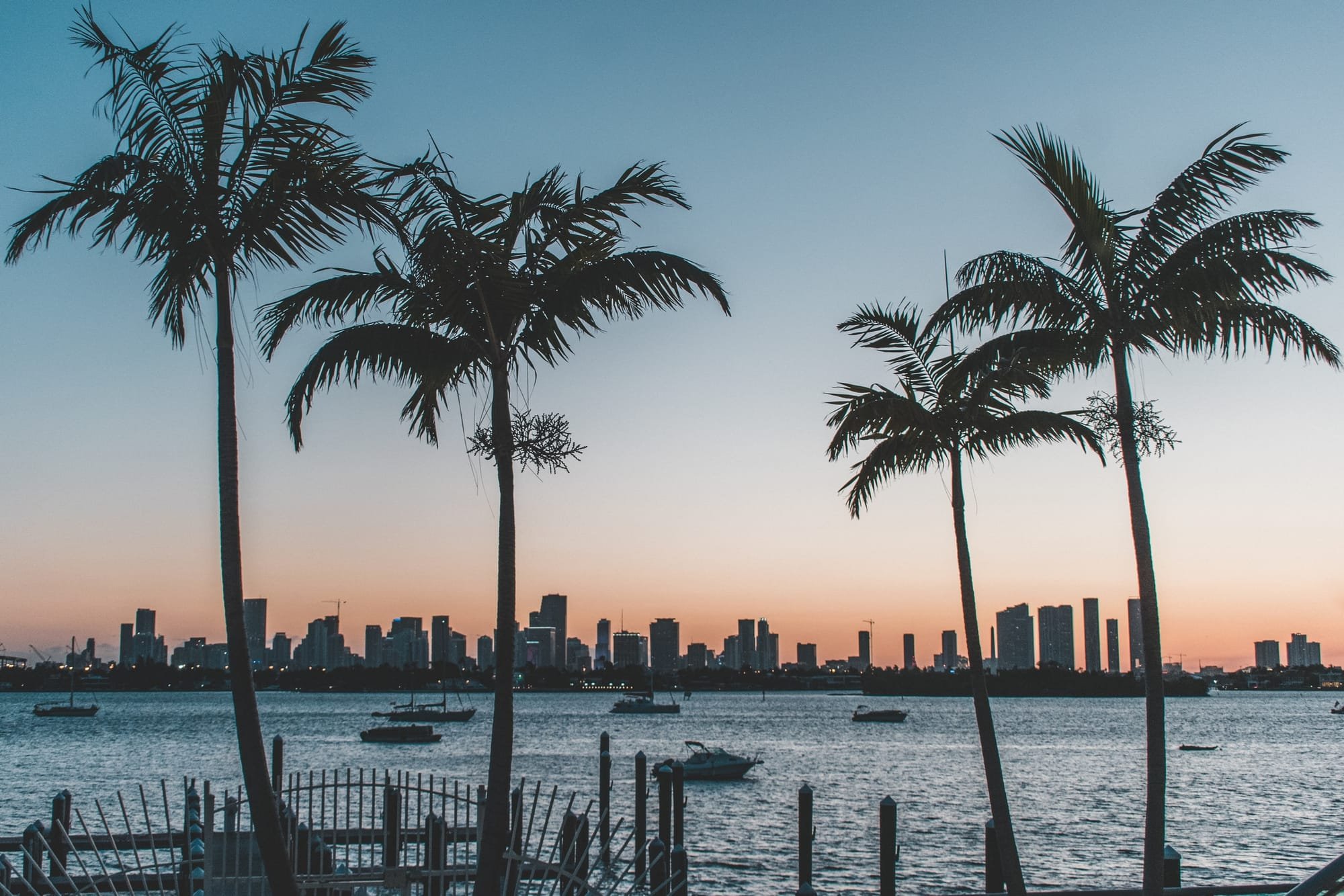Lessons Learnt: Florida Real Estate Bubble 1920

The Florida real estate bubble of the 1920s was a period of frenzied speculation that saw land prices skyrocket, leading to a housing boom that lasted from the mid-1920s until the stock market crash of 1929. The boom was driven by a combination of factors, including easy credit, speculation, and a belief that real estate prices would continue to rise indefinitely.
However, the bubble eventually burst, leading to a devastating economic collapse that left many people bankrupt and ruined. The lessons of the Florida real estate bubble are still relevant today, as they provide insight into the dangers of unchecked speculation and the importance of sound economic policy.
One of the key lessons from the Florida real estate bubble is the importance of regulating financial markets to prevent excessive speculation. In the 1920s, lax regulations allowed banks to offer easy credit to people who were investing in real estate, even if they had no realistic hope of repaying their loans. This led to a situation where people were buying up land and houses purely for speculation purposes, driving up prices to unsustainable levels.
Another lesson from the Florida real estate bubble is the importance of not relying too heavily on a single industry for economic growth. In the case of Florida in the 1920s, the state's economy was heavily reliant on real estate and tourism, with little diversification into other sectors. When the housing bubble burst, the entire economy suffered, leading to a prolonged period of economic depression that lasted for years.
Finally, the Florida real estate bubble serves as a cautionary tale about the dangers of overconfidence and the belief that economic growth will continue indefinitely. During the 1920s, many people believed that real estate prices would keep rising forever, and that they could make a fortune simply by investing in property. This led to a situation where people were taking on massive amounts of debt to invest in real estate, without considering the possibility that prices could fall.
In conclusion, the Florida real estate bubble of the 1920s provides important lessons for policymakers and investors today. The dangers of unchecked speculation, overreliance on a single industry, and overconfidence in economic growth are just as relevant now as they were in the 1920s. By learning from the mistakes of the past, we can ensure that our financial markets remain stable and sustainable in the years to come.